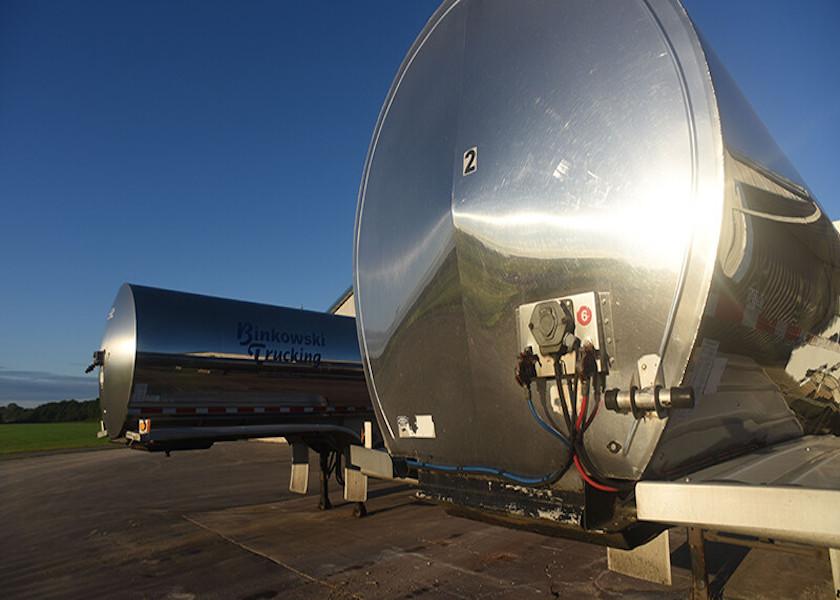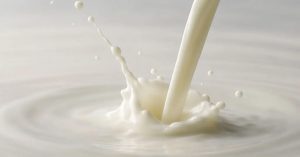
The same has been true for price declines of underlying cash as futures declined less in relationship with cash. However, over time milk futures have slipped lower. Buyers of dairy products on the spot market have not been aggressive. They see plentiful supplies and no indication of that changing anytime soon. Market sentiment is opposite of what it was last year during this time.
Last year there was concern milk supply would tighten due to the heavy culling that was seen in later 2021 and continuing in 2022. Buyers of dairy products were purchasing early and putting supply into inventory to make sure they would have sufficient product for later demand. This moved milk prices to record highs during the Spring of the year and butter to a record high in the Fall.
Once culling slowed and cow numbers began increasing, milk prices began to trend lower with February and March Class III futures recently falling below $18.00. Butter held on for much longer as inventory was significantly below a year earlier and exports were very strong. However, the butter price reached its peak in October and inventory began to build. Cream supply increased causing churning activity to increase with inventory closing the year 9% higher than the end of 2021. Butter buyers realized late last year that there was not going to be a butter shortage, causing prices to decline substantially.
There is currently no concern over supply with traders generally bearish on the market. Milk production continues to run above a year ago and was expected to remain that way. However, the decrease of 8,000 cows from November according to the December Milk Production report could indicate culling may increase sooner than anticipated. Farms continue to grapple with high feed prices and increased labor costs. Cow numbers remain above a year ago but that may change again over the next few months if milk prices continue to remain low and feed prices high.
The December income over feed was $9.76 and the lowest since September. Further culling could trigger the buying interest of dairy products as buyers would like to take advantage of the lower prices to increase ownership as a hedge against the potential for higher prices later in the year. The low prices of dry whey and nonfat dry milk may have found some support as buyers look ahead to the year and begin contracting more aggressively to lock in these lower prices. To them, there is more upside risk than downside potential. After all, the powder markets have been in a downtrend for more than a year.
We have seen the market become more responsive to prices and events that impact the market much more quickly than they had in the past. Historically, the market was slower to turn bullish or bearish with price movement and the impact on milk production changing more slowly. However, that has changed as more volatility has dominated the market and milk production responds more quickly. The market has also become more global and the impact more pronounced.
The market will continue to respond to supply and demand, but added to that will be trader perception. A change in trader perception will have a significant impact on market movement even without the support of underlying cash. That is what was seen last year and that is what will again be seen this year.
There is much that will take place this year as dairy markets will be influenced by its own fundamentals as well as the outside influence from other markets, not only domestically but internationally. The potential for substantial movement of grain prices will also have an impact on profitability. The challenge will be to manage that risk. We are ready to assist you executing a marketing plan.

























